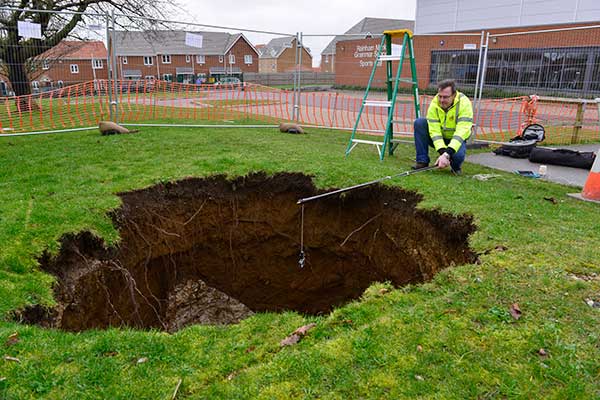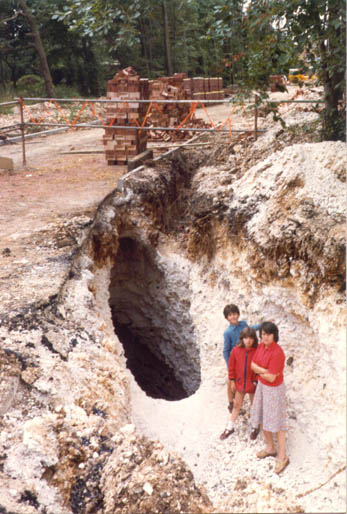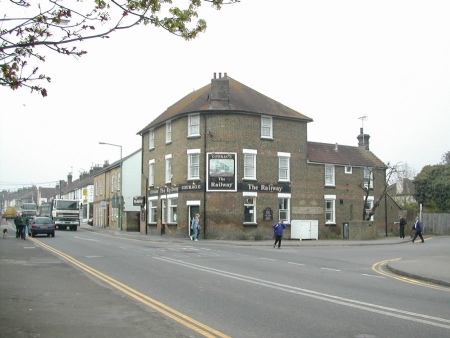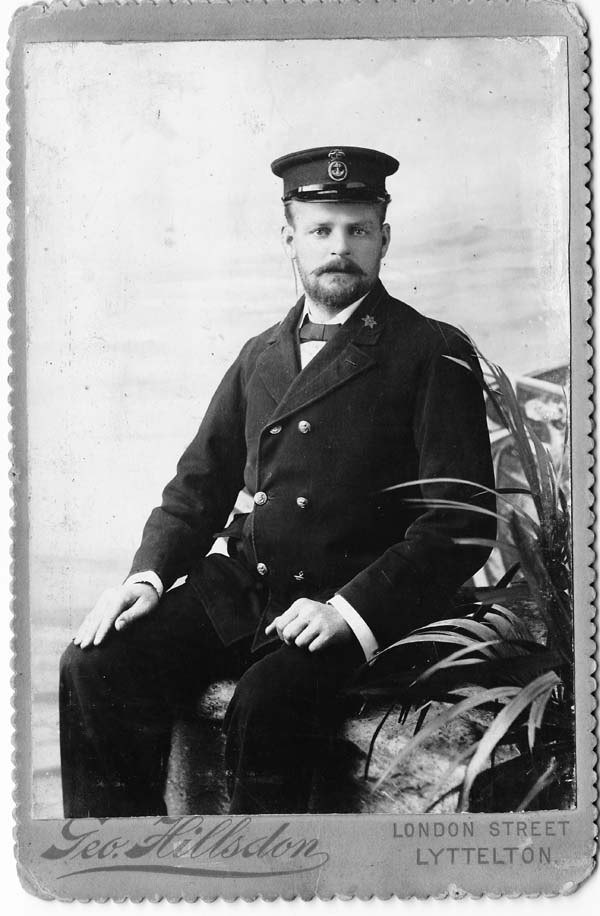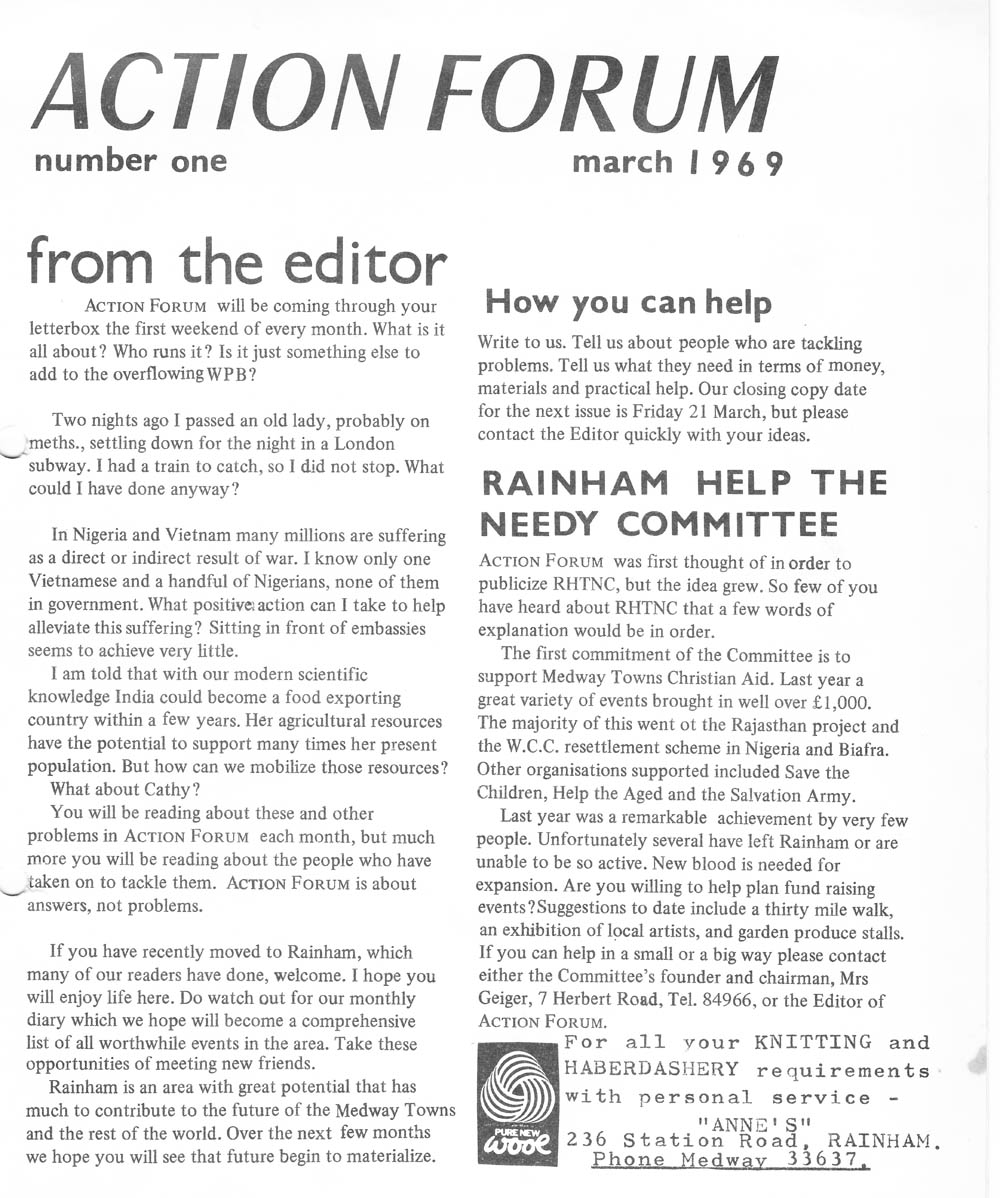Life in Rainham Kent in the 1880s
In 1881 Rainham had far fewer buildings and a much smaller population than today totalling 2,739 people whereas twenty years earlier the population stood at 1,422 which showed a sizeable increase in just two decades. The village continually expanded after the coming of the railway during the mid-1850s and eventually developed into one of the biggest commuter towns in the south-east by the end of the 1960s.
During the 1880s large areas of land were still owned by Sir Henry Tufton who became a Justice of the Peace and Lord of the Manor, St Katherine’s Hospital owned land including the area around Berengrave Lane while the Earl of Aylesford and J W Stratford were also landowners. The principal crops included cherries, wheat and hops and several market gardens.
Farmers in the parish included Richard Mansfield Wakeley at Moor Street Farm, Peter Manwaring at East Moor Street Farm and James Mansfield also had land at Moor Street. James Miles owned Siloam Farm in Mierscourt Road and James Stearman owned Pump Farm opposite Pump Lane. The land formerly owned by farmer Thomas Dodd in Rainham and Upchurch became the property of Wakeley Brothers after intermarriage between members of the two families. Reverend William Walter owned the Berengrove estate where the paddock was used for fetes, the Rainham Flower Show and periodic matches involving Rainham Cricket Club. Walter employed William Kentenius as his farm bailiff to look after agricultural matters on his land.
Most of Rainham’s population was based along the High Street and down Station Road during the 1880s. Behind the High Street and church cherry orchards could be found and hops were grown at the Moor Street end of the village. The area from the present day Hothfield Road to Rainham Mark only had a small number of houses with large areas of open farmland and extensive woods further up on the land opposite Pump Lane. The land each side of Maidstone Road and Mierscourt Road, known at the time as Chapel Lane, remained open and almost totally unpopulated.
Rainham High Street had a large variety of shops that served the community. Herbert Hunt worked as the postmaster in the post office which also served as a telegraph office and a savings bank, James Taylor worked as a printer and Tom Pike had a barber’s shop. For meat you could go to butchers William Finness or John Parsons. Andrew George served as the village chemist and Fred Baker worked in the baker’s shop. Ellen Brook offered shoe repairs, George Green & Sons served as ironmonger’s and also offered carpentry services while tailor Bill Damarell could mend or alter clothes. Furthermore, a range of grocery shops lined the high street. Shopkeepers included Henry Callaway, Frank Frost, Sarah Coppins, Elizabeth Boorman, Walter Bolton, Charles Moss and John Wills. Henry Reeves served as a tobacconist while Edwin Jelly had an outfitter’s store and George Whayman had a draper’s store.
Shopkeeper George Whayman became involved in local affairs and had come to the village from Suffolk. He founded the Rainham Waterworks Company, he became a director of the Rainham Freehold Land and Allotment Company and was an original member of Rainham Horticultural Society. He also played cricket for Rainham Cricket Club and served as a club official on the committee
A working Men’s Club could also be found in Rainham High Street where Reverend William Walter from Berengrove House served as president and Dr Henry Penfold, Rainham’s doctor for many years, served as honorary secretary. In other streets Sarah Hales and Minnie Barling were shopkeepers in Ivy Street and George Quinnell had a grocer’s shop in Broad Walk.
In Station Road the National School stood on the site of the present day shopping centre while a variety of shops offered services. John Hath served as a shoe maker, Robert Dawson a boot maker, Thomas and John Harden were coal dealers and Arthur Roberts a watchmaker. Shopkeepers included Jesse Barrett, Tom Kidney, Tom Mudge, Bill Miles and Martin Parker.
Elizabeth Sayers managed The Temperence Hotel, now ‘The Railway’. This was situated beside Rainham railway station where Mr Shepherd worked as the stationmaster. Wakeley Brothers Corn Merchant’s and Brick Maker’s had their offices nearby and constructed the oasthouse that still exists there today. Opposite the Temperence Hotel a meadow owned by Solomon Brice became known as ‘Mr Brice’s Meadow’ where cows grazed and where periodic village events took place. Solomon Brice lived in Milton Villa, a big house at the far end of Webster Road. Solomon Road was later named after him. Other members of the Brice family included George Brice and Mrs E Brice who ran the family clay merchant business and Alfred Brice had a stone, clay and manure business.
Of the pubs located in the centre of Rainham Alfred Fiske ran the White Horse with stables at the back, Samuel Jarrett ran the Cricketers Inn where a bowling green and stables could be found, Walter Singer ran the Lion Hotel, James Clark ran The Angel and Bill Jenkins ran the Men of Kent. To get a horse drawn omnibus to the Medway Towns a ticket could be purchased in the Cricketers Inn and to go to Sittingbourne, Canterbury or Dover a ticket could be bought in the White Horse.
The setting up of Rainham Recreation Ground in 1888-89 became one of the biggest developments of the decade when Lord Hothfield who owned a large part of Rainham presented the people of the village with a seven acre field between the present Station Road and Scott Avenue in celebration of Queen Victoria’s Jubilee. The ground was overseen by a committee and this became known as the Rainham Recreation Ground Committee. Rainham Cricket Club played at the Scott Avenue end during the summer while the football club played at the other end during the winter. Trees were planted around the perimeter and a bicycle track constructed.
The Reverend Charles Cobb, vicar of St Margaret’s church, resided at the vicarage and had come to Rainham from East Anglia in 1876. He played for Rainham Cricket Club as an opening batsman in the early 1880s and held the position of club president for a while. He had an interesting background having been educated at Corpus Christi College, Cambridge where he went on to obtain a Master of Arts degree and was awarded the Royal Humane medal for the courage he had displayed on a shipwreck.
Other religious denominations existed in Rainham with chapels for Wesleyians, Independents and the United Methodist Free Church.
Thomas Stanley Wakeley became one of the most well-known local Baptist pastors during the 1880s. Being intensely religious he preached in Providence Chapel which his family had built in Orchard Street in 1884 and at the ‘Old Granary’ in Otterham Quay. He was also a family member of Wakeley Brothers fruit, hop and brick business which he joined in 1862. Regarded as a shrewd and straightforward man, he had a big influence on the family business. He rode to the fox and hounds with the Tickham Hunt, he also played cricket for Rainham and he captained Rainham First XI. His brother Richard Mansfield Wakeley lived at Moor Street Farm, John Wakeley lived in Church House almost opposite St Margaret’s Church and William Wakeley who became a national prize rose grower lived in Macklands House in Station Road.
The National School had been constructed at the top end of Station Road in 1846 and was designed for 140 pupils. In 1882 130 boys and 115 girls attended. The school existed on voluntary takings, government grants and school fees. John Longley served as headmaster and became involved in church and local political affairs which made him a respected member of the community. Samuel Hodson succeeded him in 1883.
Samuel Hodson, who originated from the Midlands, became a well-known Rainham figure as headmaster of the School and he played a prominent part in the community. He helped to organize Queen Victoria's Jubilee in Rainham; he became a parish churchwarden and took part in many activities connected with the church.
The infant’s School had a total of 120 pupils with an average attendance of 110 and these were taught by Miss Verrall and Mrs Brice. Another infant’s school existed in Lower Rainham with 60 children and an average attendance of 20. Miss Ada Spinner served as the mistress.
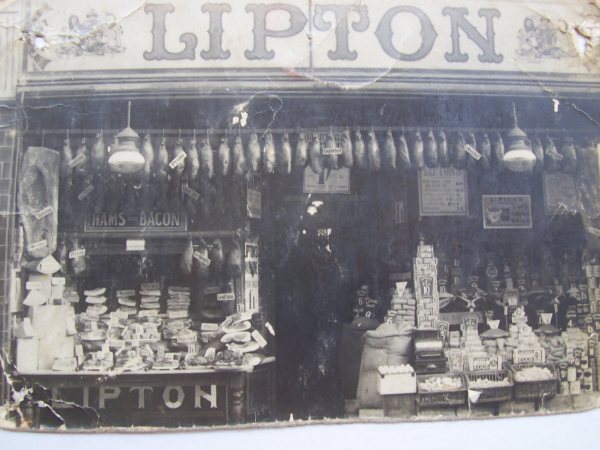
Rainham thrived during the 1880s with a wide range of shops and other facilities to encourage newcomers. The railway played a big part in the growth of the village and for the transport of agricultural produce to London and beyond. Therefore the 1880s was a period of expansion.
David Wood, 1,426 words.
